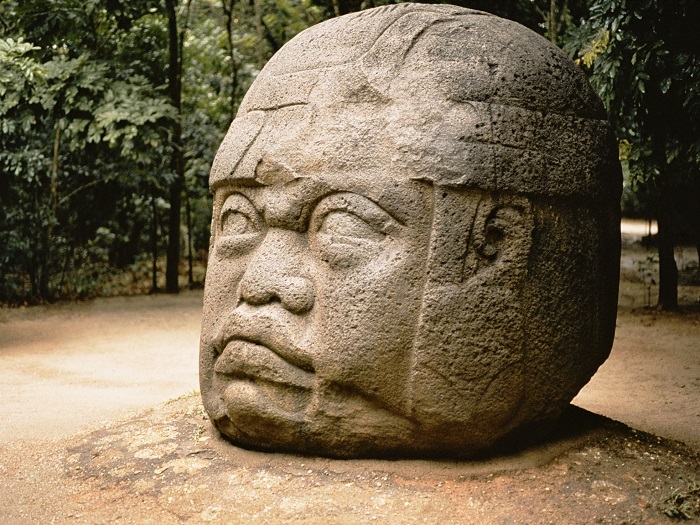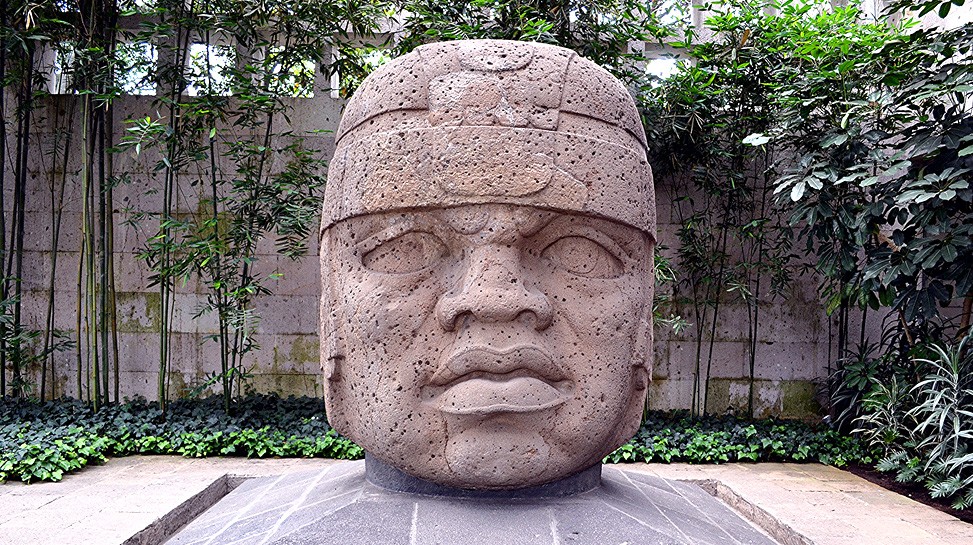Central America’s ancient civilization has been an enigmatic reservoir, notably the Olmec people and their narrative surrounding the 17 scattered colossal stone heads.

Spanning from around 1400 to 300 BC, the Olmec were the pioneers of Central American civilization. They inhabited the lowland coastal regions of the Gulf of Mexico, presently known as the states of Veracruz and Tabasco. However, their influence extended through a trading network from the Mexican Valley in the north to southern Central America. This network facilitated the exchange of knowledge like hieroglyphic writing, sacrificial rituals, calendars, Mesoamerican ballgame, and a writing system composed of bars and dots, a precursor to later Mayan and Aztec civilizations. In 1938, Matthew Stirling, heading the Bureau of American Ethnology, explored prehistoric archaeological sites. He targeted Tres Zapota, a potential site laden with pre-Columbian vestiges. He enlisted the aid of William Duncan Strong, the head of Columbia University’s Anthropology Department. However, due to the underdeveloped terrain of Tres Zapota, they sought further assistance from Clarence Wolsey Weiant, a doctoral candidate specializing in this mysterious region. The expedition commenced.

Four months into their expedition, the team encountered numerous obstacles, from swampy terrains and incessant rains to spiders, snakes, and relentless insects, as they traversed two miles across the region. Here, they unearthed the oldest relics of Central American civilization: a religious statue and 15 U-shaped carved sculptures.

The most significant discovery occurred when Weiant learned of a tale recounted by a local from a previous expedition a few years earlier about a site within the forest. Weiant led the team into the woods, where they dug a deep trench and uncovered the most famous artificial artifact of Central American civilization—the 1.8-meter-tall Cabeza Colosal head. Subsequently, they found 16 more colossal heads in four locations: Tres Zapota (2 heads), Rancho la Cobata (1 head), La Venta (4 heads), and San Lorenzo (10 heads).

The Olmec heads were sculpted from basalt stone quarried from the volcanic massif of the Tuxtlas Mountains, ranging in height from 1.47 meters to 3.4 meters. Transporting these blocks over a distance of 300 kilometers before sculpting remains a perplexing mystery. Scientists are baffled at how the Olmec managed to move stones weighing up to 18 tons. To move these stones by human force alone would require a continuous workforce of 1,500 people for 3-4 months. Carving tools were made of stone rather than metal or bronze, making the sculpting process time-consuming. However, the lifelike expressions on the faces of these sculptures are astounding. Experts propose two primary hypotheses regarding the figures carved on the stone heads. The first and most prevalent theory suggests that the Olmec depicted their prominent military leaders. However, based on the headgear worn by some sculptures, these might portray individuals executed in a Mesoamerican ballgame, where losers faced decapitation (a common practice in ancient Central America). Despite the representation’s ambiguity, each head bears distinct features and personal insignias. Another intriguing aspect is that two heads were re-carved, the reason behind which remains unclear—whether due to religious significance or stone scarcity.

Since the discovery of these stone heads, anthropologists have vehemently debated their origins. Their thick lips, slender faces, and prominent noses resemble African features, leading some scientists to propose that the Olmec were African settlers in the Americas.
However, this theory faces opposition from many anthropologists who speculate that such sculptures arose due to the difficulty of carving stone using rudimentary tools. This notion gains credence when examining the Jadeite figure displaying features akin to Asians.
The revelation about the Olmec civilization has shifted anthropological perspectives. While earlier beliefs attributed Mesoamerican civilization origins to the Maya, it is now evident that the Olmec were the true precursors in this region, from 1400 to 300 BC. This assertion gains support from subsequent studies revealing the Olmec influence on the Maya and Aztec civilizations. Remarkably, they constructed grand cities and pyramids before Rome and the pyramids of Egypt came into existence.





